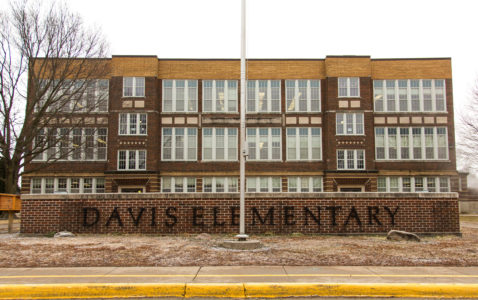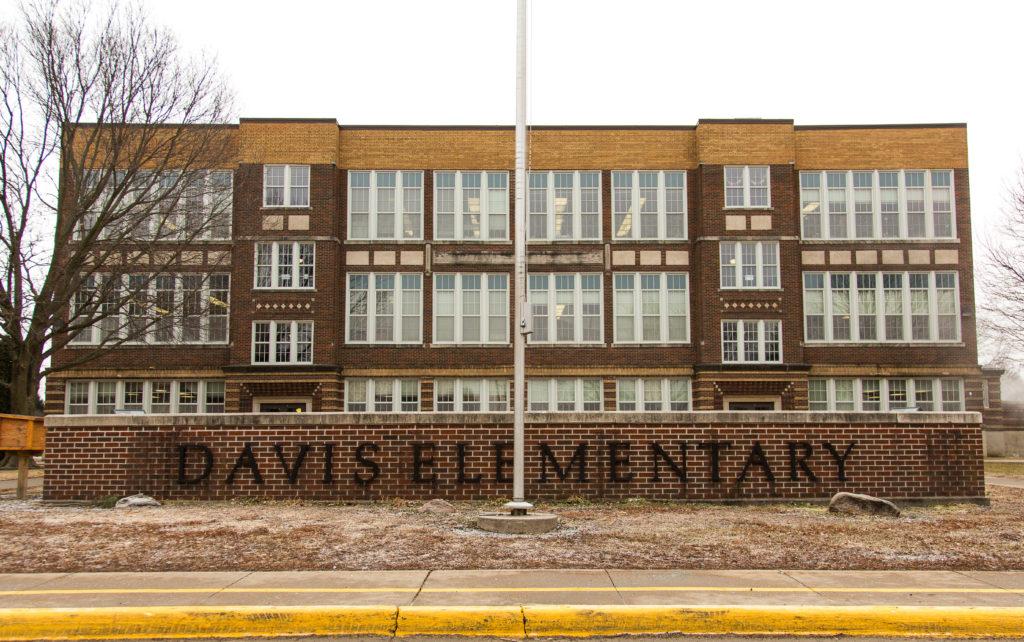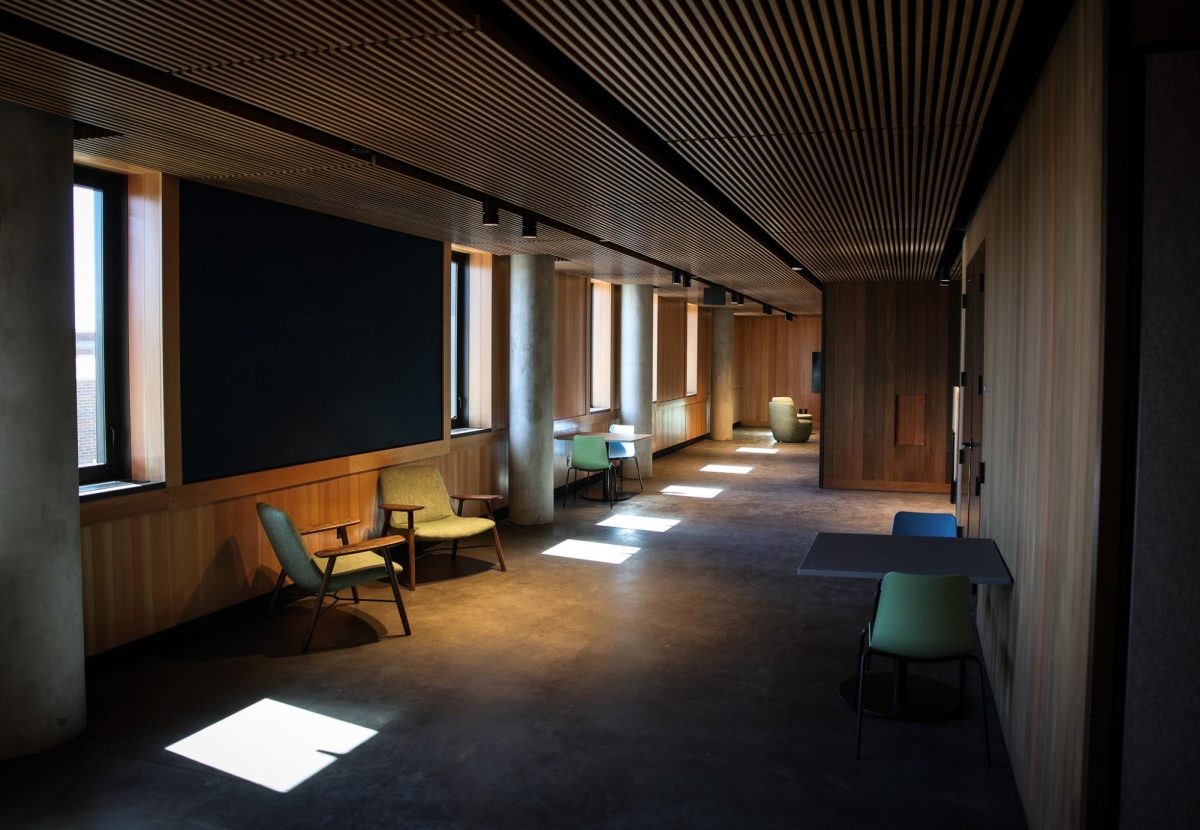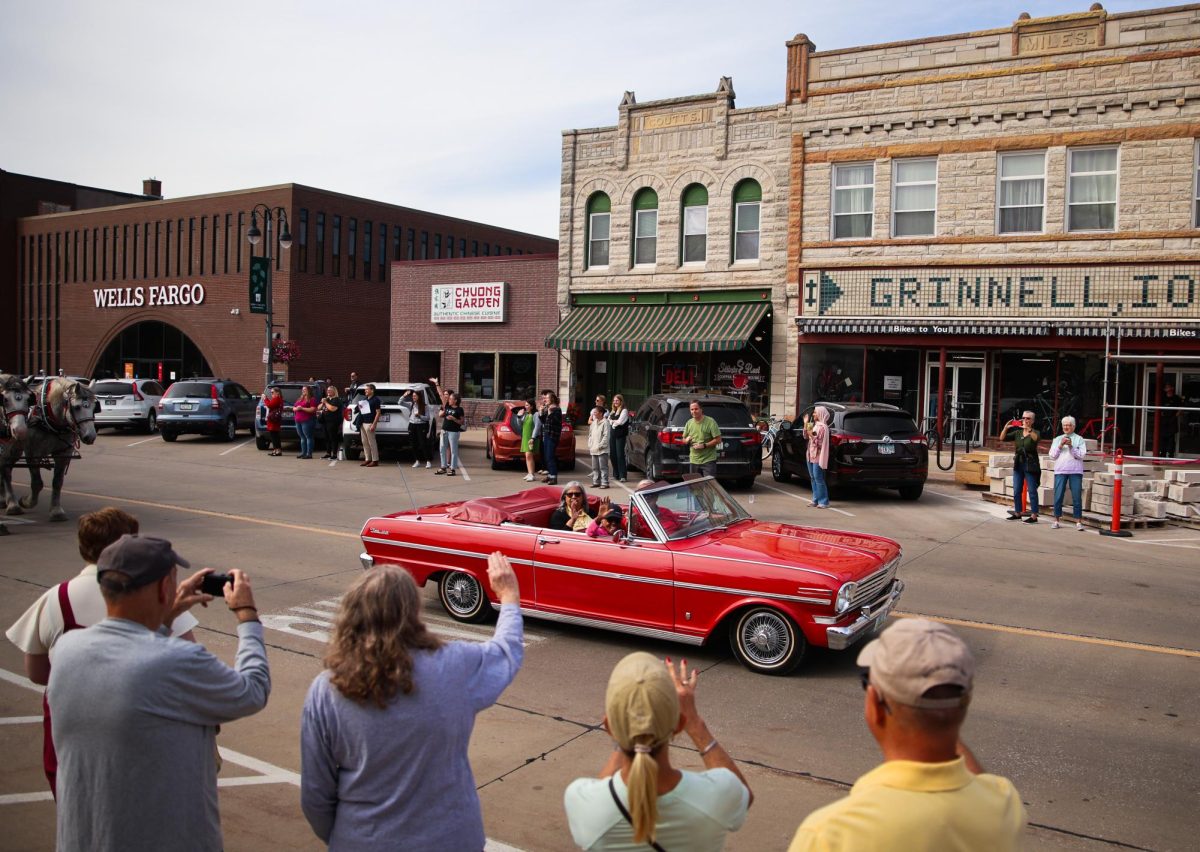
By Chloe Wray
wraychlo@grinnell.edu
On Thursday, Jan. 25, a forum was held on the proposed $60 million bond for the Grinnell-Newburg School District. Hosted by the League of Women Voters at the Drake Public Library, the forum allowed the public a chance to engage with Superintendent Dr. Janet Stutz, the Board of Education and “Educate Our Kids, We Are Grinnell,” an advocacy group in support of the bond.
“The League highly regards Education and Community Improvement,” wrote Ivy Schuster, a member of the League and an organizer of the forum, in an email to The S&B. By hosting this forum, “the League hopes to provide non-partisan information on the bond issue. There will not be a weighing of pros and cons; attendees will be expected to interpret the information given to form their opinion on the matter.”
The forum precedes voting on the bond which will be held from 7 a.m. to 8 p.m. on Tuesday, Feb. 6 at the Elks Lodge. The ballot will include two questions which must both receive more than 60 percent of the vote for the bond to take effect. One of the questions asks for approval of the bond, and the other asks for approval of a change to the district’s tax levy.
According to the district’s website, “we are asking [Grinnell residents] to vote for a proposed $60 million bond — a $4.05 tax levy increase.” If the bond referendum passes, the district will simultaneously reduce the current tax levy, decreasing the net impact.
“The net impact people will feel is $2.60 per $1,000 assessed valuation. So for the average home owner in Grinnell, it will cost about $230 a year,” Stutz said.
By raising the debt levy to $4.05, the district will have sufficient income to sell bonds. “We can sell the bonds at low interest rates at this time of year,” Stutz said, but “if we wait and this bond doesn’t pass, it’s just going to get more expensive and the work isn’t going to go away.”
With an extensive background in facilities and learning environments, Stutz was hired as the Grinnell-Newburg School District Superintendent just over 18 months ago. Coming into the position, Stutz knew of the School Board’s concerns with the district’s facilities, so soon after her appointment, she ordered two audits. First, an internal audit was undertaken through which Stutz and the principal of each school looked at the “life safety components” of each building — everything from plumbing to playgrounds. Once these had been assessed, Stutz developed her own audit based upon the 33 design principles of Dr. Jeffrey Lackney, University of Wisconsin, Madison. These principles focus on school buildings, facility planning and architecture, and allowed Stutz to create a rating scale with which principals could evaluate buildings. The findings of these two audits indicated several shortcomings, both specific and general.
After conducting the audits, the corporation hired Estes Construction and CMBA, a Des Moines architecture firm, to conduct a cost analysis for the required work at each school. The estimate for all mechanical, electrical and plumbing work came to just under $50 million dollars for the district’s five buildings: three elementary schools, one middle school for grades 5-8 and a 9-12 high school.
“Rather than put $47 million into old buildings where we get no educational addition value, we’re going to do $60 million, build a new school, gut and renovate the middle school, and enhance the high school,” Stutz said in reference to the initial cost analysis. Other planned enhancements to the schools include safer entry ways, storm shelters for the elementary and middle schools, and ADA compliance.
To optimize learning environments for community-specific educational goals, qualitative data were gathered from students, staff and parents, generating five standout principles to guide the remodeling. Key among these principles, according to Stutz, was innovation. “We want to have kids who have the ability to collaborate, communicate [and] work in spaces where they can do that, so [we want] some flexible spaces,” Stutz said. Students also want more opportunities for career and college readiness and above all, according to Stutz, the district wants to be a leader in education and best practice.
This is not the first time the district has attempted to authorize increased taxes for construction; in 2015, a slightly different proposal failed at the ballot box.
“The last bond that failed, … the plan was different,” Stutz said. At that time, “they wanted to put the elementary school out here [at the middle school], but this is a tough short corner and putting 850 kids out here is not a good idea. There’s no room.”
The school corporation hopes that this round will be better. The vote will occur on Tuesday, Feb. 6.

























































